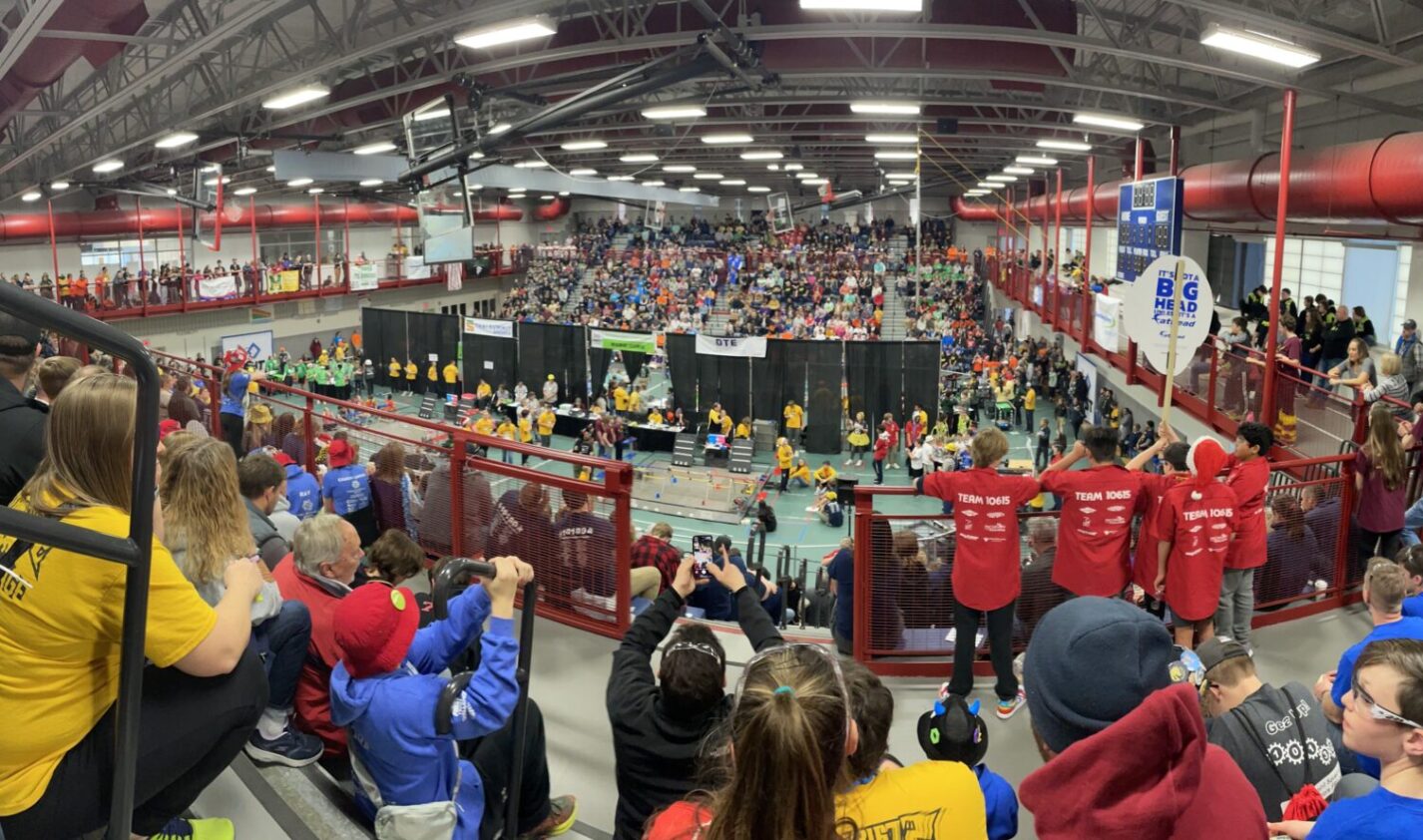
A middle school robotics team in Michigan is discovering the power of 3D modeling with help from Autodesk Inventor software. Led by a parent with no previous engineering experience, the team uses the software to visualize concepts, build 3D models, test prototypes virtually, and 3D print parts. This middle school team is bringing their ideas to life, learning CAD, and getting inspired to pursue careers in engineering. The end result is a fully functional robot that is ready for competition happening across the globe.
Starting from zero
Matt Bombich had served as a police officer, worked in the crime lab, joined the bomb squad, and was even a morgue photographer. So when his middle-school-aged son asked him to lead the after-school robotics program, he was mostly confused.
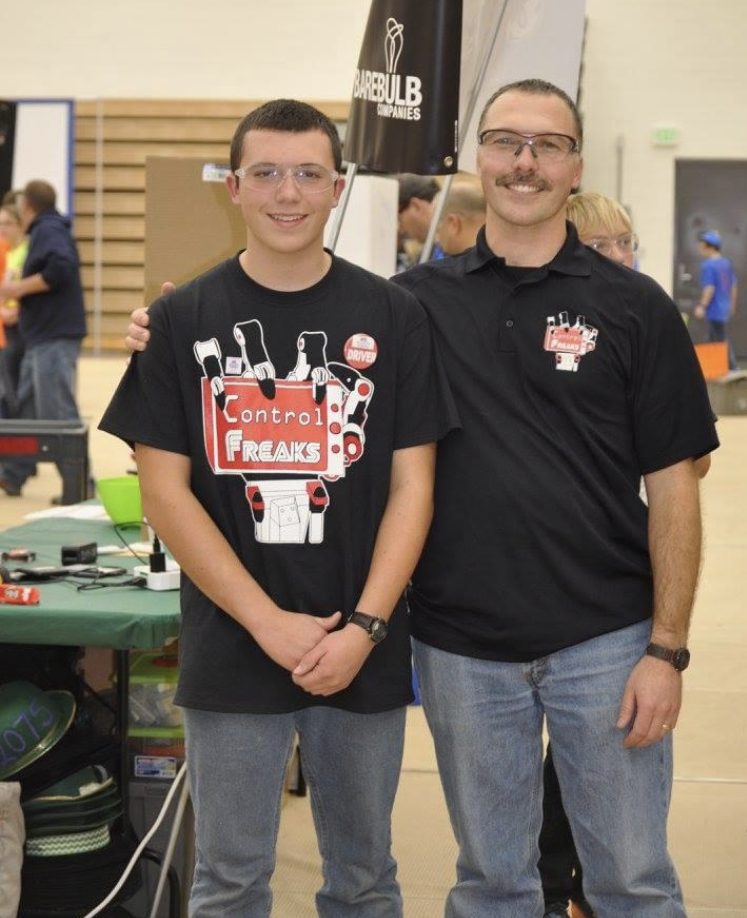
“I told him I didn’t know a single thing about robotics,” Bombich says. “But I jumped in anyway. And it’s been pretty great. In fact, it’s completely changed my career path.”
More on that in a bit.
For now, let’s focus on the program Bombich has been leading for more than a decade. It comes from For Inspiration of Science and Technology (FIRST), a global nonprofit that sponsors team-based robotics programs to advance education in STEM and prepare young people for the future.

At Vicksburg Middle School in Vicksburg, Michigan, Bombich leads Control Freaks, a FIRST Tech Challenge team. During this year-long competition, students must design and build an 18-inch robot that can complete a series of tasks, both autonomously and under the control of an operator.
The competition kicks off with a “challenge video” that explains all of the tasks the robot needs to achieve in order for the team to score points. The robot competes on a 12-foot by 12-foot field, where it needs to visit specific locations or pick up objects from one area and set them down in another. If this sounds like a quiet, science-fair type of experience, think again.
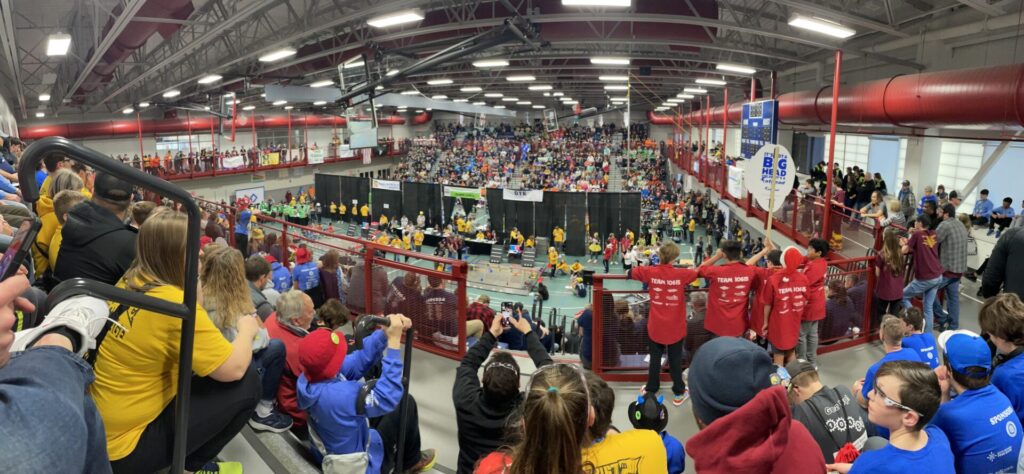
“It’s very intense,” Bombich says. “People are in the stands cheering. Music is blasting. It’s a great atmosphere. We try to compete hard without trashing the competition. It’s very collaborative.”
The team attends two district competitions each season. Performing well at these events means a trip to the state competition and, from there, to “worlds,” where middle and high school teams from around the globe compete against one another.

Winning these competitions can be very satisfying, of course. But the most meaningful impact of the program is on the lives of the students. With Bombich as their guide, they work together after school to solve real-world design and engineering problems. It’s a process that pays big dividends.
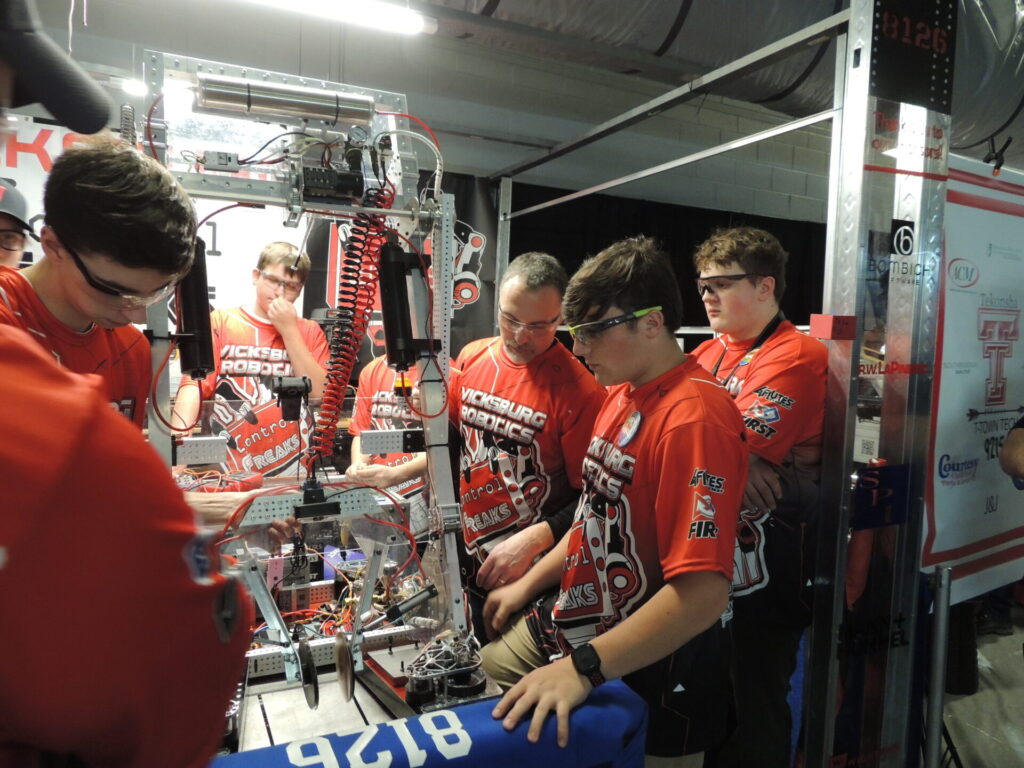
“I’ve had five students now who have chosen a career path in engineering as a direct result of this program,” Bombich says. “One recent graduate spent a year with a mentor learning Java programming. Now, he’s studying computer engineering at Purdue. Before he joined the robotics program, he didn’t really have any sense of what he wanted to do with his life. Programs like this make a huge difference.”
Bringing ideas to life in 3D
If Bombich started out totally unfamiliar with robotics, he was even less familiar with the design program his son (now a college junior by the way) was using in school. It was called Autodesk Inventor, and at first glance, it looked pretty complicated.
“I started out using Sketchup to help the kids design various parts of the robot,” Bombich says. “Then my son suggested we use Inventor since he was already familiar with it. It looked very complex at first. But then I watched him use it. We would create a design and tweak it together.”
Then Bombich introduced Inventor to the robotics team. As you can imagine, it was a difficult step for middle schoolers to take. But by the second year of implementation, the team could create the entire design of the robot in CAD, working together in Inventor. From Bombich’s perspective, the biggest benefit of Inventor is its ability to help students visualize their ideas.
“Recently, I had two students describe an idea to me in words, and it just wasn’t making sense,” he says. “So we sat down with Inventor, and I had them tell me what to draw. Fifteen minutes later, we had their mechanism built out, and they could see right away that it wasn’t going to work the way they thought it would. So they started making changes. Eventually, we incorporated their idea into the final design of the robot.”

With Inventor, the robotics team goes through many of the same steps as any other manufacturer. They start with an idea and create a CAD model of each part. Then, they build a prototype and test it virtually. With each iteration, the group weighs in with feedback until the production-ready design is finished and the final robot can be produced and assembled.
“Inventor has completely revolutionized our program,” Bombich says. “We save time. We save materials. If there is a problem with a component, we can create a new version very quickly. At one competition, we had a support component for a pulley that kept breaking. So, on the fly, we added some gussets and ribs to the design and changed the density of the plastic in the slicer program. We had a new part 3D printed in about 90 minutes.”
In another memorable instance, the team worked through 13 iterations of the robotic “claw” hand that needed to pick up two plastic pucks and then drop them one at a time.
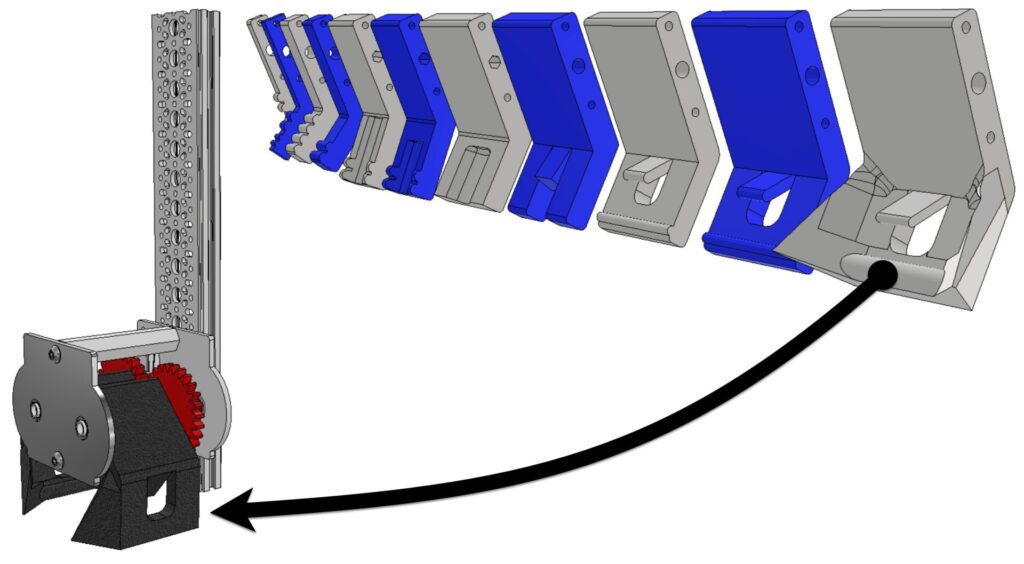
“It took a lot of tries to get to the final design,” Bombich says. “We changed the width and the number of fingerlets. We added a gap to accommodate the hexagonal shape of the puck. We reduced the material on one ‘finger’ of the claw to adjust its tension so it could drop one puck but not the other. In the final version, we added a way to grab the puck by wrapping around it, which worked very well.”
Putting the “team” in teamwork
The team takes their 3D printer to every competition in anticipation of these kinds of issues. In the spirit of collaboration, they also put it on display so other teams can stop by and take a look.
“Many teams do not have access to a 3D printer,” Bombich says. “So we put our 3D model up on a monitor and print a part so they can see exactly how it works.”
It was a similar interaction that led Bombich and his students to start using Inventor CAM.
“We were talking to a high school team about how to make polycarbonate parts, because their robot had worked really well, and we noticed that their material was much more resilient,” Bombich says. “I asked them how they made their parts, and they recommended a specific CNC mill. Up to that point, we had been sending out for laser cutting of aluminum. As it turns out, the CAM capabilities for Inventor were very easy to download and the learning curve wasn’t that steep.”
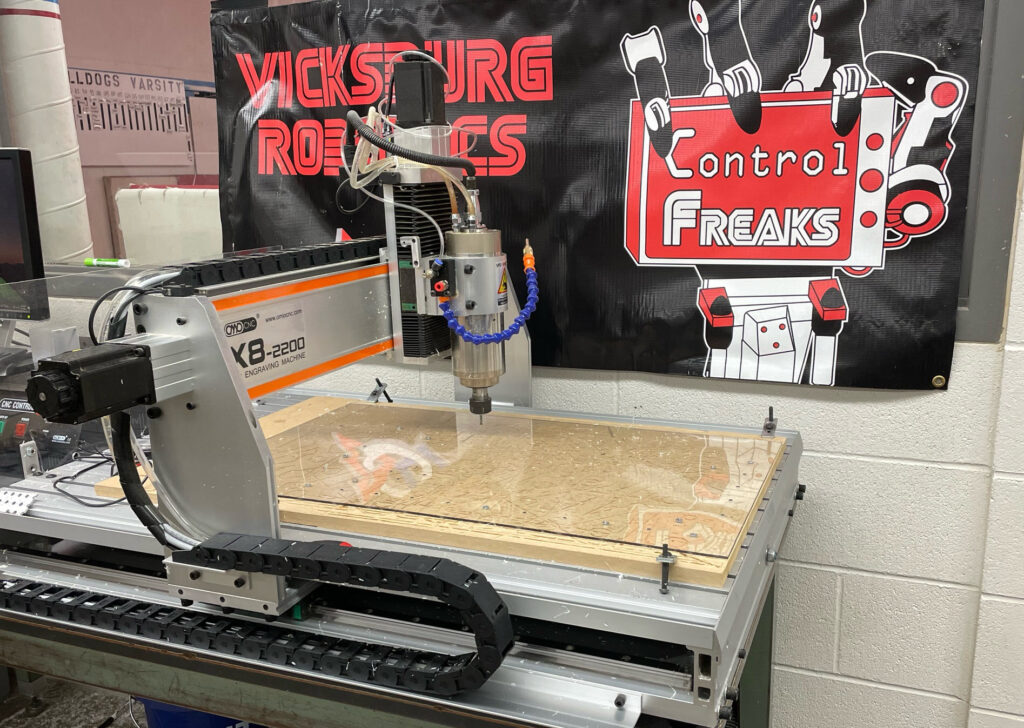
Within a couple days of having the CNC mill in-house, the team was cutting parts.
“It takes about 10 to 15 minutes to put a piece of plastic on the CNC mill and turn the cut file into a part that is ready for assembly,” Bombich says. “That’s hard to beat!”
Changing models… and career paths
Bombich and the robotics team are still learning about Inventor and how to get the most out of it. Part of this comes from working with others who know the software and can share new keyboard shortcuts, for example. But it also comes from experience.
“I like the parametric constraints, and I’ve learned how to use them a little bit better by watching videos and reading the Autodesk forums,” Bombich says. “There is a design accelerator for pulleys that has been helpful. We can produce a new one in a few minutes with the same profile but a different tooth count. Using the template, Inventor does a lot of the work automatically.”
What Bombich likes most, however, is how Inventor helps the students learn CAD themselves.
“It’s incredible to watch,” he says. “We have two high school kids who help us out and provide mentoring. And this year they helped a couple of our students start learning CAD. It was amazing. They started to understand what types of problems can be solved with 3D modeling. They learned how to manipulate the model. They learned the terminology and how to ask the right questions.”
This knowledge transfer aligns very well with the larger goal of robotics programs like these.
“Big picture, it’s about building a competent workforce that can create the models and run the machines,” Bombich says. “Manufacturing companies are looking for workers with mechanical aptitude who can contribute to every part of the process.”
Nobody knows this better than Bombich, who is pursuing a career change based on his experience with the robotics team.
“There was nothing like this program when I was in school,” he says. “I guarantee I would’ve become an engineer if there had been. But it’s never too late! I recently decided to leave forensics and find work in engineering. And I just landed my first job.”


